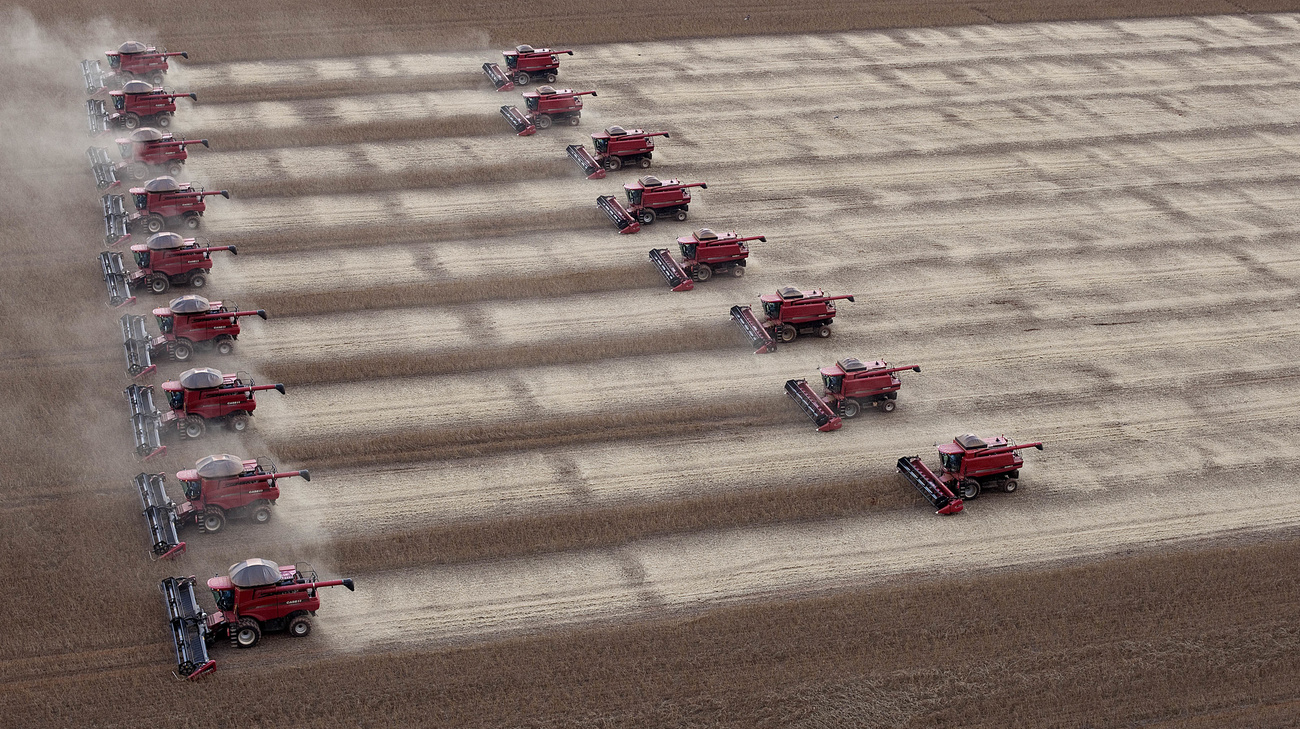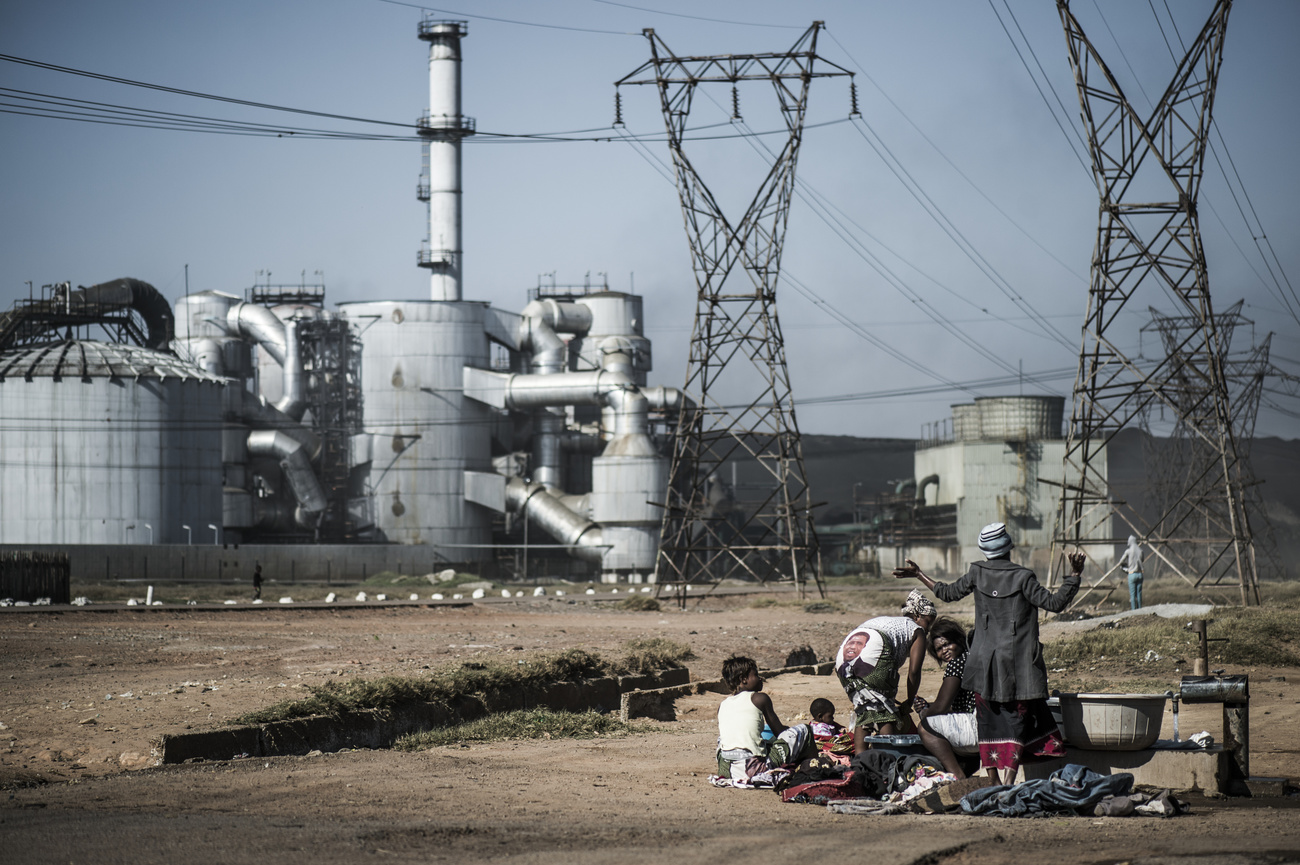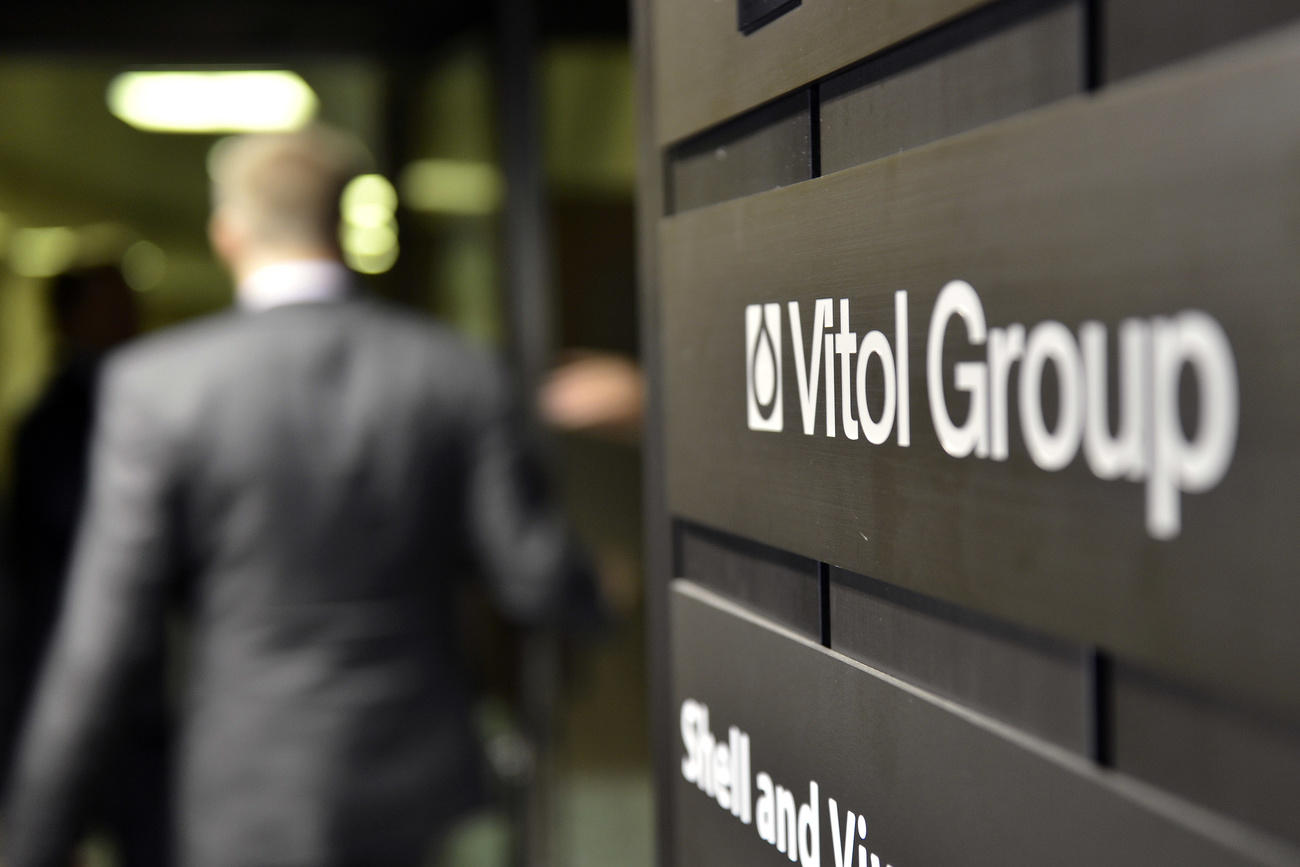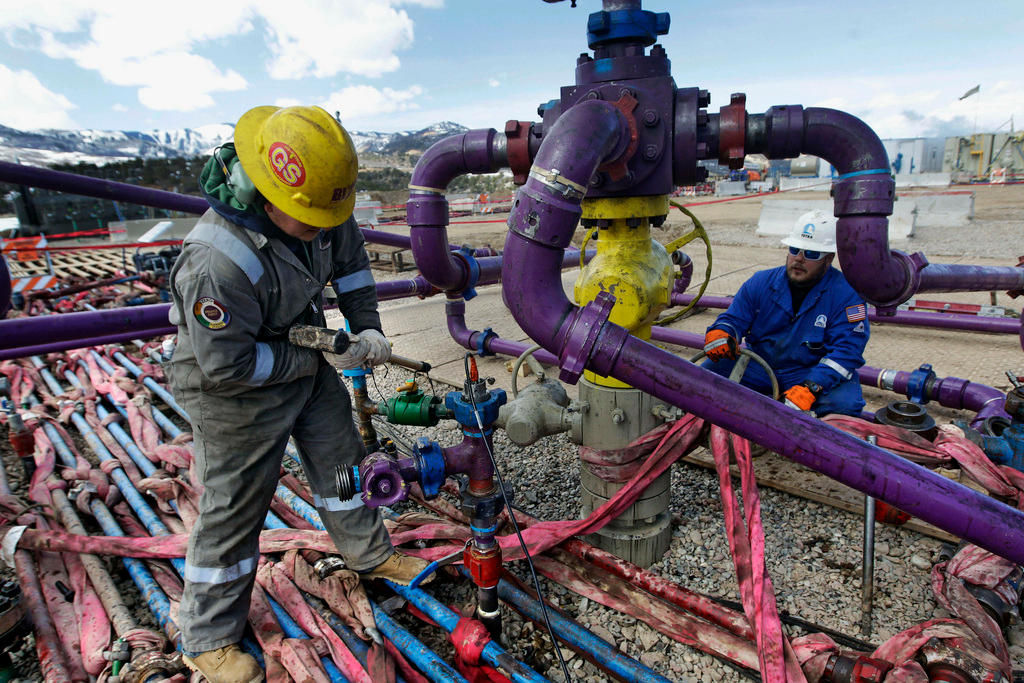China’s food security policy is shaking up commodity trading

Reports of China’s biggest food and agricultural company merging operations with its Geneva-based trading division have sent reverberations through a sector long dominated by four major players.
Ever since its creation in 2014, China’s COFCO International (CIL), was going to stand out in the trading sector. The trader’s majority ownership by state-owned COFCO Corp and China’s wider commodity sourcing ambitions prompted questions on how the company would carve direct access to food from the rest of the world.
The ABCDs of the business – Archer Daniel Midlands, Bunge, Cargill and Louis Dreyfus – which control as much as 90% of global trading in grains, soon realised what that meant.
CIL’s first inroad into the business was a $4 billion (CHF3.7 billion) acquisition of traders Nidera and Noble by its parent company. Now, seven years after the takeover, the company’s parent COFCO Corp is reportedExternal link to be planning to merge some of its domestic trading and processing units with the Geneva-based trading division. The merger comes ahead of an expected $5 billion listing in Shanghai later this year or next, according to Bloomberg.
Global ambitions
Over the past decade, China’s growing middle-class has generated a booming demand for raw materials. An increasing number of the country’s 1.4 billion people are not only purchasing more cars and other consumer goods, but their changing diets towards more meat and dairy products also demand more soy, milk and grains. In 2019, China’s beef consumption rose by 11% with imports growing 60% that same year.
But with China possessing only 10% of global arable land, and nearly double that proportion of the world’s population, ensuring food security has become one of Beijing’s most important political priorities. Global price fluctuations, as well as climate stresses in areas in China where soybean was once traditionally grown, also drove the country to up its game when it came to sourcing.

China’s geostrategic belt and road initiative was initiated in part to provide the transportation network to ship goods to and from China.
The creation of CIL fits in with the country’s strategy to both internationalise its companies and achieve food security. CIL’s former CEO Chi Jingtoa, said that the commodity merchant, aimed to “become a true global agribusiness.”
COFCO Corp’s initial acquisitions of Nidera and Noble were a stepping stone to achieving that goal. They gave the Chinese firm access to South American grains, including soybeans and corn, used as animal feed, and processing plants in Asia. That access meant being able to source directly from farmers, disrupting traditional supply chains, where trading firms act as intermediaries between producers and consumers.
CIL said the firm traded 106 million tonnes of commodities in 2018 and aimed to increase the amount of crops it buys directly from farmers outside China to over 60 million tonnes by 2022 – compared to 40 million tonnes three years ago.
By 2018 the Chinese trading newcomer had become a leading exporter of soy from Brazil, overtaking Cargill, ADM and Louis Dreyfus. Thus fuelled a drive for increased production.
Expansion has attracted criticism. Growing demand for soy has led to rising deforestation in Brazil, and Paraguay – where CIL also sources soy – raising questions about the trader’s traceability.
News of closer ties with COFCO has sparked questions of the role that CIL will play going forward. Due to its association with the state-own giant COFCO, CIL already benefits from access to government-backed low-cost loans to make acquisitions abroad.
“There was a big debate within COFCO International whether it would compete with the big four or become a sourcing tool for China. It is difficult to say what the final conclusion will be”, said Ivo Sarjanovic, a lecturer at the University of Geneva’s commodity trading programme. “I think the latest moves by COFCO go more in the direction of becoming a sourcing tool for China than a competitor for the other big companies.”
Some fear that the future merger may lock out major competitors from selling in China, as the parent company has direct access to food producers and consumers in the country.
Growing pains
But when it comes to vying for a top spot amongst competitors, it may take COFCO more than an aggressive M&A strategy to fully rival the ABCDs. Numbers show the Chinese trader is still a long way off. The stock market listing would place COFCO closer to Louis Dreyfus and Singapore’s Olam than Cargill, Bunge and ADM.
In 2019, COFCO International posted revenues of $31 billion from a volume of 114 million tonnes of agricultural commodities. That compares with $114 billion for Cargill and $36 billion for Louis Dreyfus.
Originally, COFCO had ambitions to lead the market by 2020 – a milestone the company has missed.
The Geneva-based CIL has had to learn to integrate into the sector. At the time of its purchase, media reported that Nidera had a $150 million hole in its accounts relating to its Brazilian operations. Brazilian prosecutors alleged slave-like conditions in the business.
At its Swiss base, staff composition also shifted as CIL evolved.
Sarjanovic, a former Cargill trader, said that after COFCO’s takeover of the two trading companies the management style shifted from Western to Chinese. The cultural make-up was “really challenging”, he said. CIL had to combine management styles from Nidera, Noble, and ADM (from which many of the staff from the previous companies had come) with that of the new company, which sought to “homogenise” approaches.
A former North American employee of CIL, speaking anonymously, confirmed these trends to SWI swissinfo.ch, speaking of a culture clash as new management took control in Geneva.
CIL said at the time of the acquisition of the two trading companies, that: “Local management was hired from the Swiss market”. Some 200 employees currently work at its Geneva headquarters.
CIL did not respond to requests to comment on reports about the merger and its hiring of banks to advise on the move.
Hedging public pressure
As COFCO consolidates its plans, some also see its “field to fork” strategy (also implemented by other big traders) as a reaction to growing public pressure for greater accountability.
When asked about the Chinese company’s plans, Florence Schurch, Secretary General of the Swiss Trading and Shipping Association (STSA), commented that a trend to control the whole supply chain is taking place due to heightened public scrutiny on traders.
This led to Switzerland’s recent referendum calling for multinationals to be held accountable for their supply chains. The Swiss vote, known as the Responsible Business Initiative, was not adopted after it failed to gain the support of a majority of cantons.
“It is normal that traders are trying to control the whole supply chain because civil society groups are expecting that they are accountable for it. They cannot be accountable if they cannot control it,” she said.
In face of mounting criticism, CIL said it plans to achieve full traceability by 2023.
ADM, Bunge, Louis Dreyfus Commodities did not respond to requests to comment for this article. Cargill said it does not comment on issues relating to other companies’ decisions.

In compliance with the JTI standards
More: SWI swissinfo.ch certified by the Journalism Trust Initiative














You can find an overview of ongoing debates with our journalists here . Please join us!
If you want to start a conversation about a topic raised in this article or want to report factual errors, email us at english@swissinfo.ch.